The New Cold War: A Battle For Rare Earth Dominance
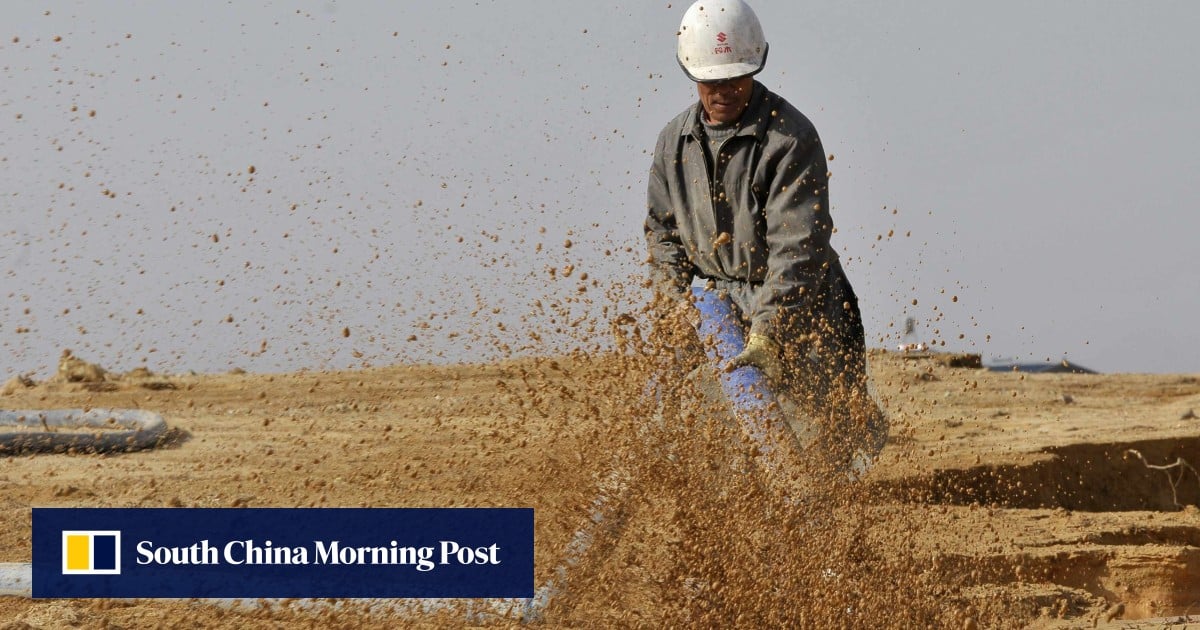
Table of Contents
The Critical Role of Rare Earths in Modern Technology
Rare earth elements (REEs) are not "rare" in the Earth's crust, but their extraction and processing are complex and expensive. Despite their name, these 17 elements are indispensable for a wide range of modern technologies, making the competition for rare earth dominance a critical geopolitical issue.
Essential Components in High-Tech Devices:
REEs are essential building blocks in numerous high-tech applications:
- Smartphones and other consumer electronics: REEs are used in screens, magnets, and other components. The demand for these devices fuels the global need for rare earth minerals.
- Electric vehicle batteries: Neodymium and praseodymium are crucial for the powerful magnets in electric vehicle motors, making REE supply chains critical for the green energy transition.
- Wind turbines and renewable energy technologies: REEs are essential for the generators in wind turbines, highlighting the interconnectedness of renewable energy and the rare earth market.
- Military and defense applications (missiles, radar systems): The use of REEs in advanced weaponry underscores the national security implications of rare earth dominance.
- Medical equipment (MRI machines): REEs are vital for the powerful magnets in MRI machines, showcasing their importance in healthcare technology.
Supply Chain Vulnerabilities:
The global supply chain for REEs is highly concentrated, creating significant vulnerabilities:
- Dependence on a single supplier creates risks of price manipulation and supply disruptions: China's dominance in the rare earth market exposes nations to these risks, creating pressure to diversify REE sourcing.
- Geopolitical instability in REE-producing regions can severely impact global supply: Any conflict or political instability in REE-rich areas can disrupt the global supply chain, underscoring the need for secure and diverse supply chains. This vulnerability further fuels the competition for rare earth dominance.
China's Dominance in Rare Earth Production and Processing
China currently holds a commanding position in the global rare earth market. This dominance is a major factor in the escalating competition for rare earth dominance.
China's Control of the REE Market:
China's control extends across the entire REE value chain:
- Strict export controls and quotas allow China to manage the global supply: This control gives China considerable leverage in international relations and the global economy.
- Investments in REE mining and processing in other countries often involve Chinese companies: This strategy extends China’s influence and maintains their dominance in the rare earth market.
Diversification Efforts and the Challenges:
Other countries are striving to reduce their reliance on China, but face significant hurdles:
- Significant investment is needed in exploration, mining, and processing infrastructure: Developing domestic REE industries requires substantial capital investment and technological expertise.
- Environmental concerns associated with REE mining need to be addressed sustainably: The environmental impact of REE extraction necessitates responsible mining practices and the development of environmentally friendly technologies. This adds complexity and cost to diversification efforts.
The Geopolitical Implications of Rare Earth Competition
The competition for rare earth dominance is reshaping global geopolitics.
Strategic Alliances and Trade Disputes:
The struggle for rare earth dominance is driving shifts in global alliances:
- Countries are seeking closer partnerships with alternative REE suppliers: Nations are forging new alliances to secure diverse sources of these critical minerals.
- Trade wars and sanctions are being used as tools to exert influence over the REE market: The competition for rare earth resources is becoming a tool in geopolitical power struggles.
National Security Concerns:
Access to REEs is now a key aspect of national security:
- Investment in domestic REE production is driven by concerns about supply chain disruptions and geopolitical risks: Many nations are prioritizing domestic production to mitigate these risks.
- National stockpiling programs are being implemented to ensure access to critical materials during times of crisis: Governments are taking steps to secure their supplies in the face of potential disruptions.
Conclusion:
The "New Cold War" for rare earth dominance is a complex challenge with profound implications. Securing a stable and reliable supply of these essential minerals is vital for national security and economic prosperity. Diversification of REE supply chains, sustainable mining practices, and strategic international cooperation are crucial for navigating this competitive landscape. Addressing the challenges of rare earth dominance is essential for building a more secure and equitable technological future. Ignoring the implications of rare earth market dominance will only exacerbate the existing geopolitical tensions and vulnerabilities. Let's work towards a more sustainable and secure future by addressing the complex issues surrounding rare earth dominance.

Featured Posts
-
 Over The Counter Birth Control Examining Its Role In The Post Roe Landscape
May 17, 2025
Over The Counter Birth Control Examining Its Role In The Post Roe Landscape
May 17, 2025 -
 Chicago Showdown Hailey Van Lith And Angel Reeses Complex Relationship
May 17, 2025
Chicago Showdown Hailey Van Lith And Angel Reeses Complex Relationship
May 17, 2025 -
 The Complete Guide To Tom Cruises Dating History And Relationships
May 17, 2025
The Complete Guide To Tom Cruises Dating History And Relationships
May 17, 2025 -
 Ichiro Suzuki His Enduring Influence On Baseball 20 Years Later
May 17, 2025
Ichiro Suzuki His Enduring Influence On Baseball 20 Years Later
May 17, 2025 -
 Rep Jasmine Crockett Warns Trumps Policies Hitting Grocery Bills And Paychecks
May 17, 2025
Rep Jasmine Crockett Warns Trumps Policies Hitting Grocery Bills And Paychecks
May 17, 2025
Latest Posts
-
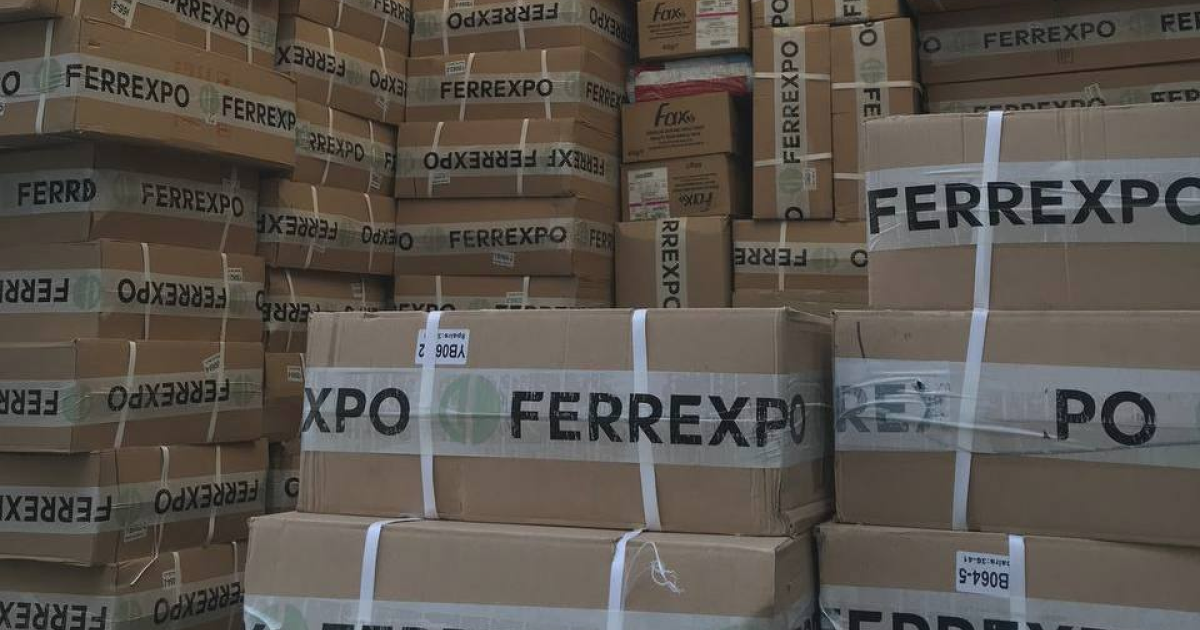 Investitsii Ferrexpo V Ukraine Pod Ugrozoy Zayavlenie Zhevogo
May 17, 2025
Investitsii Ferrexpo V Ukraine Pod Ugrozoy Zayavlenie Zhevogo
May 17, 2025 -
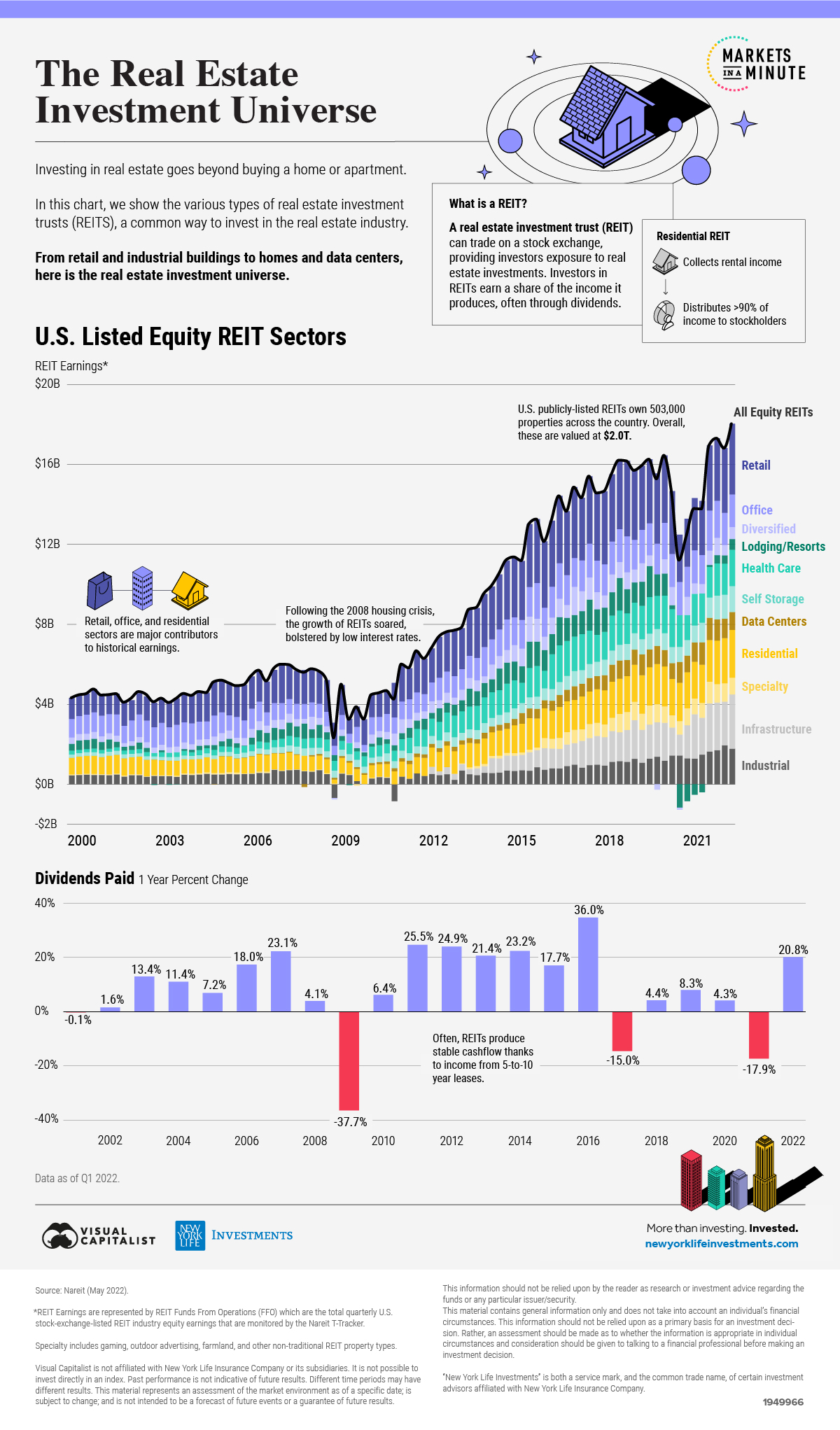 India Real Estate Investment Surge 47 Jump In Q1 2024
May 17, 2025
India Real Estate Investment Surge 47 Jump In Q1 2024
May 17, 2025 -
 Analiza Trzista Nekretnina Srbi Kao Znacajni Kupci U Inostranstvu
May 17, 2025
Analiza Trzista Nekretnina Srbi Kao Znacajni Kupci U Inostranstvu
May 17, 2025 -
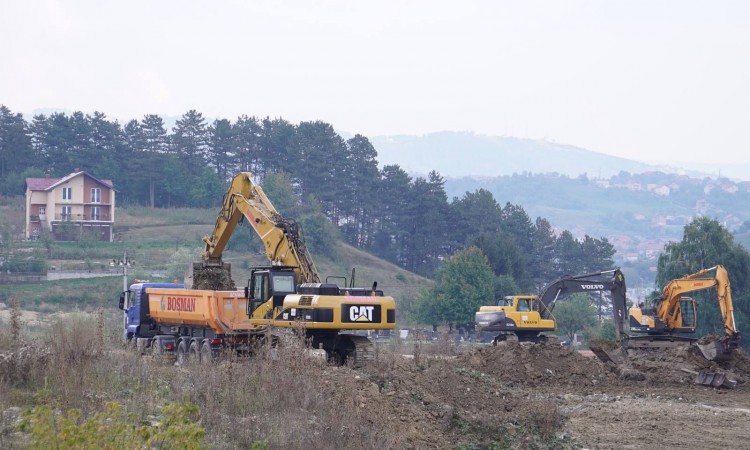 Srbi I Kupovina Stanova U Inostranstvu Trend Rasta I Popularne Destinacije
May 17, 2025
Srbi I Kupovina Stanova U Inostranstvu Trend Rasta I Popularne Destinacije
May 17, 2025 -
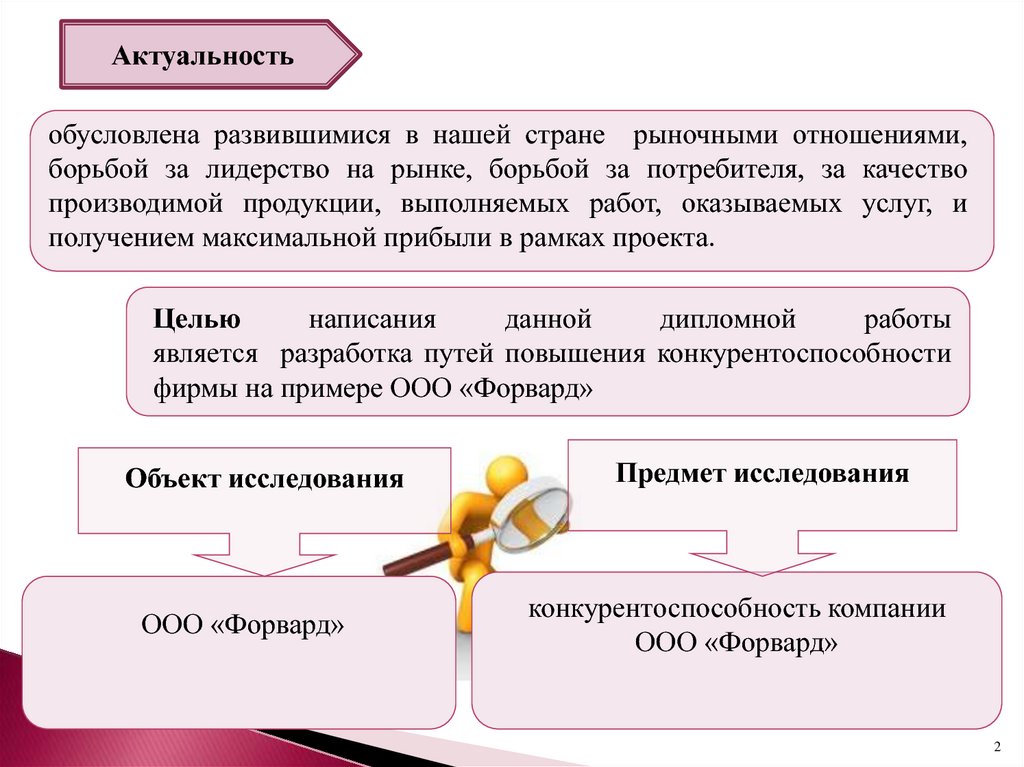 Kak Preuspet V Usloviyakh Vysokoy Konkurentsii Industrialnykh Parkov
May 17, 2025
Kak Preuspet V Usloviyakh Vysokoy Konkurentsii Industrialnykh Parkov
May 17, 2025
